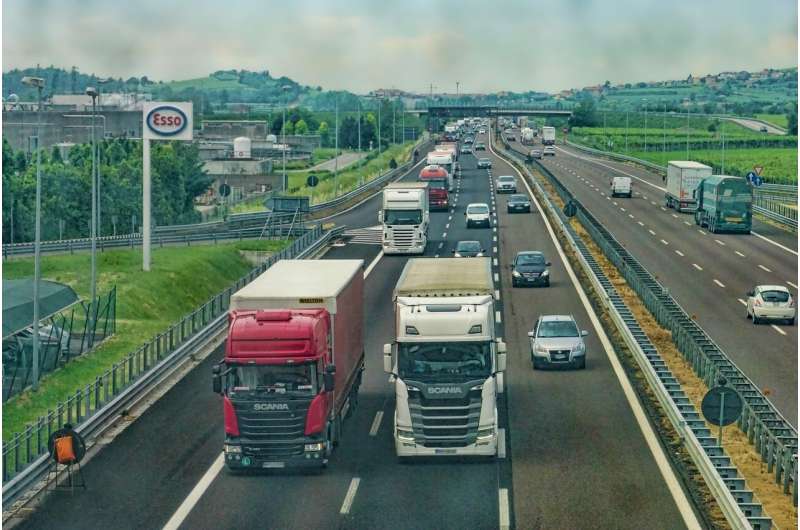
Despite the fervor around electric vehicles and their potential to reduce the transportation sector's carbon footprint, 2023 projections suggest EVs won't edge out gas-powered vehicles for decades to come. With conventional vehicles likely to dominate the ground fleet for the foreseeable future, University of Illinois Urbana-Champaign experts say cellulosic biofuels shouldn't be discounted.
Researchers in the College of Agricultural, Consumer and Environmental Sciences (ACES) and the Institute for Sustainability, Energy, and Environment (iSEE) at U. of I. note that support for cellulosics has waned in part due to uncertainty around land availability, feedstock yields, costs, and greenhouse gas (GHG) emission savings. In a recent study, they quantified these uncertainties for multiple feedstocks and policy scenarios, concluding that cellulosic feedstocks outperform corn ethanol in nearly all cases—but will require considerable policy support to grow and sustain the industry.
"There are a lot of advantages for perennial feedstocks to decarbonize transportation," said Madhu Khanna, ACES Distinguished Professor in Environmental Economics in the Department of Agricultural and Consumer Economics, the Alvin H. Baum Family Fund Chair, and director of iSEE, and a senior author on the U.S. Department of Energy-funded study led by the Center for Advanced Bioenergy and Bioproducts Innovation (CABBI).
"We need long-term policy commitments with assured demand for cellulosic biofuels, as well as short-term policy support like tax credits, which could be based on the carbon intensity of biofuels."
The CABBI team developed a complex model integrating economics, crop growth information, land availability, refinery processes, and carbon benefits to compare multiple biofuel feedstocks—corn, soybeans, corn stover, miscanthus, switchgrass, and energy sorghum. The team projected outcomes for 2016 to 2030 under various policy scenarios.
These included a "no policy" or baseline scenario in which corn ethanol held steady at 6 billion gallons per year, a corn ethanol mandate of 15 billion gallons, and a corn + cellulosic ethanol mandate adding 16 billion gallons of cellulosic ethanol (a total of 31 billion gallons) by 2030.
The model predicted everything from the effect of ethanol mandates on corn and feedstock prices to where each feedstock would be grown most productively, taking into account land use change, greenhouse gas emissions, and societal costs. In the end, the cellulosic mandate came out on top.
"Electrification has caught a lot of attention, and there's a lot of policy support for it, but it's going to be a slow process to change the vehicle fleet. Liquid biofuels offer an almost immediate benefit with existing infrastructure," Khanna said.
"Cellulosic biofuels are particularly promising because they are high yielding per unit land and can be grown at least partly on marginal land, which is low-productivity land that can support crops without conversion, such as fallow cropland. Hence, their production conflicts much less with food crops compared to the use of corn and soybean for biofuel."
The team was particularly interested in quantifying indirect land use change (ILUC). When biofuels are produced, Khanna explains, the price of land goes up, forcing up the price of commodities. That creates incentives for non-cropland (e.g., grassland or forest) to be converted into cropland, but conversion releases stored carbon.
More information: Yuanyao Lee et al, Quantifying uncertainties in greenhouse gas savings and abatement costs with cellulosic biofuels, European Review of Agricultural Economics (2023). DOI: 10.1093/erae/jbad036
Citation: Despite uncertainties, cellulosic biofuels still a win for ground transportation (2024, February 22) retrieved 22 February 2024 from https://techxplore.com/news/2024-02-uncertainties-cellulosic-biofuels-ground.html
This document is subject to copyright. Apart from any fair dealing for the purpose of private study or research, no part may be reproduced without the written permission. The content is provided for information purposes only.
